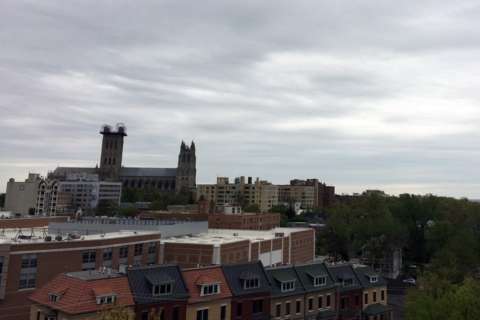WASHINGTON — Environmentalists see improvements in the nation’s largest estuary, but there are also worrisome signs about the health of the Chesapeake Bay. The water is cleaner these days, but the crab population continues to suffer.
The Chesapeake Bay Program, a group of federal and state agencies, academic institutions and others leading the drive to restore the bay say the Chesapeake remains challenged by pollution, mainly farm runoff, and development.
The group’s latest appraisal of the bay says the water quality has improved in recent years because of the steps taken to cut the nutrient and sediment pollution that pour into the bay.
“The Chesapeake is definitely cleaner, it’s not there yet,” says Rich Batiuk, associate director for Science at the Environmental Protection Agency.
He points to a healthy 24 percent increase in underwater grasses.
“Underwater grasses are starting to come back again. They are a key measure of the health of the Chesapeake Bay,” he says.
Between 2012 and 2013, scientists measured 59,927 acres of underwater grasses.
But a troubling indicator is the bay’s blue crab population.
“Trying to maintain a population or abundance target, as we call it, of 215 million female crabs, we were at 68.5 million last year. That’s actually under what we refer to as the threshold, the area we don’t want to go below … that is an area for concern,” says Bruce Voght, acting deputy director of NOAA’s Chesapeake Bay Office.
Scientists are encouraged that the juvenile striped bass population in the bay increased substantially between 2013 and 2014 and American shad also increased in 2013.
Overall, the program describes the bay as “recovering.” States whose shorelines are lapped by the waters of the bay or whose rivers wash into the bay have reduced pollution between 2009 and 2003.
Scientists estimate that between 2009 and 2013 there were reductions in nitrogen (20.28 million pounds), phosphorous (2.04 million pounds) and sediment (497 million pounds).
Also, more than 8 million acres of land along the bay have been permanently protected from development.








